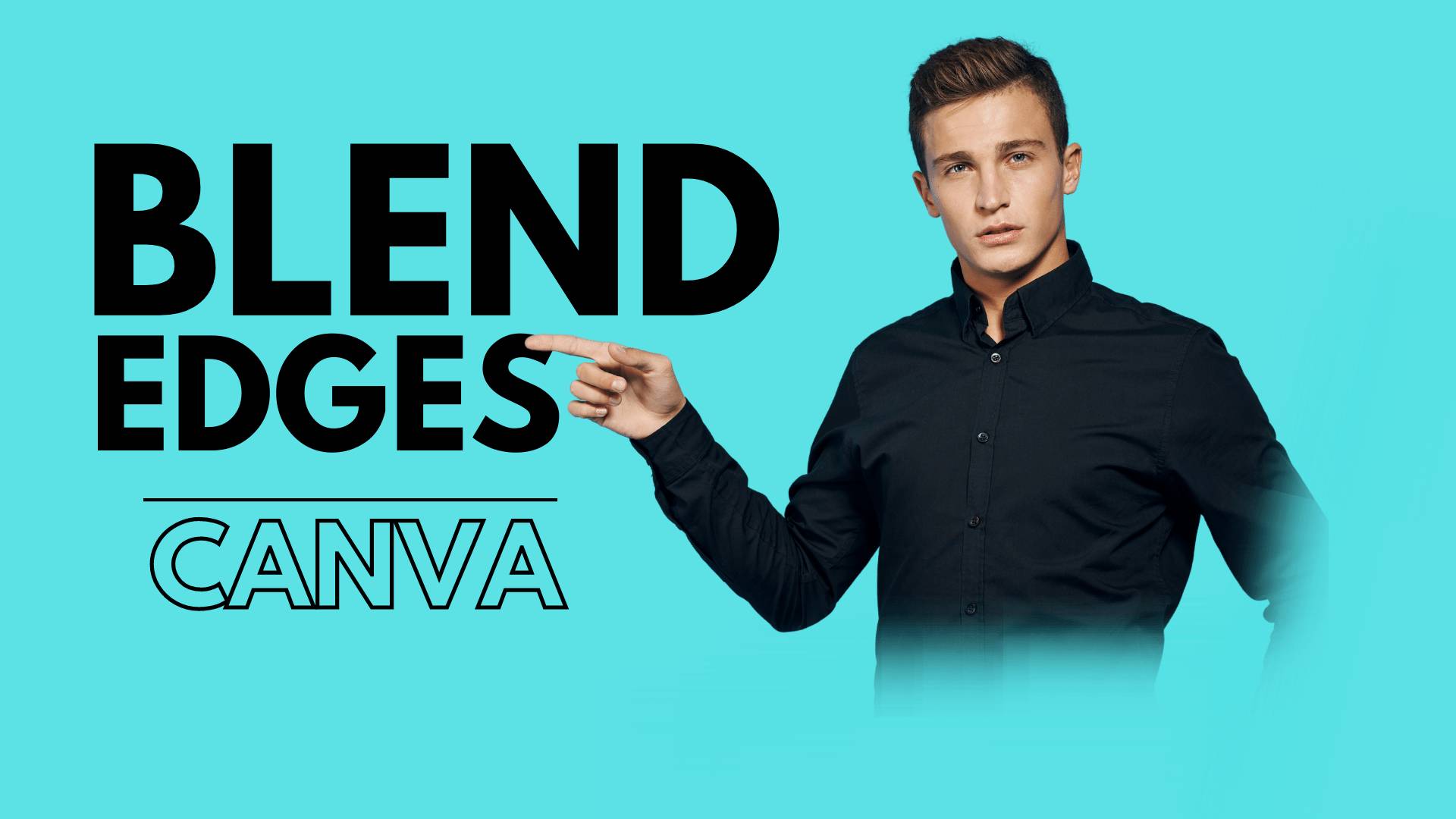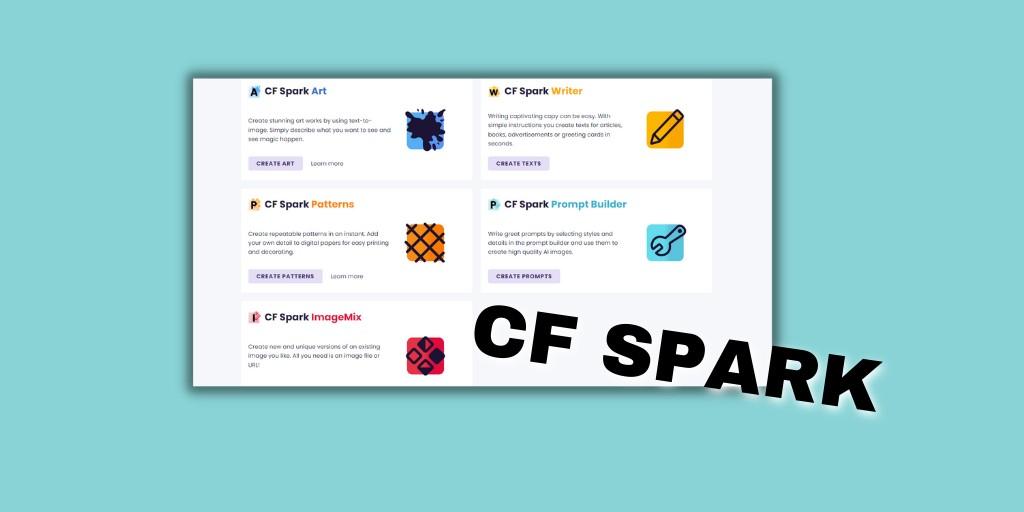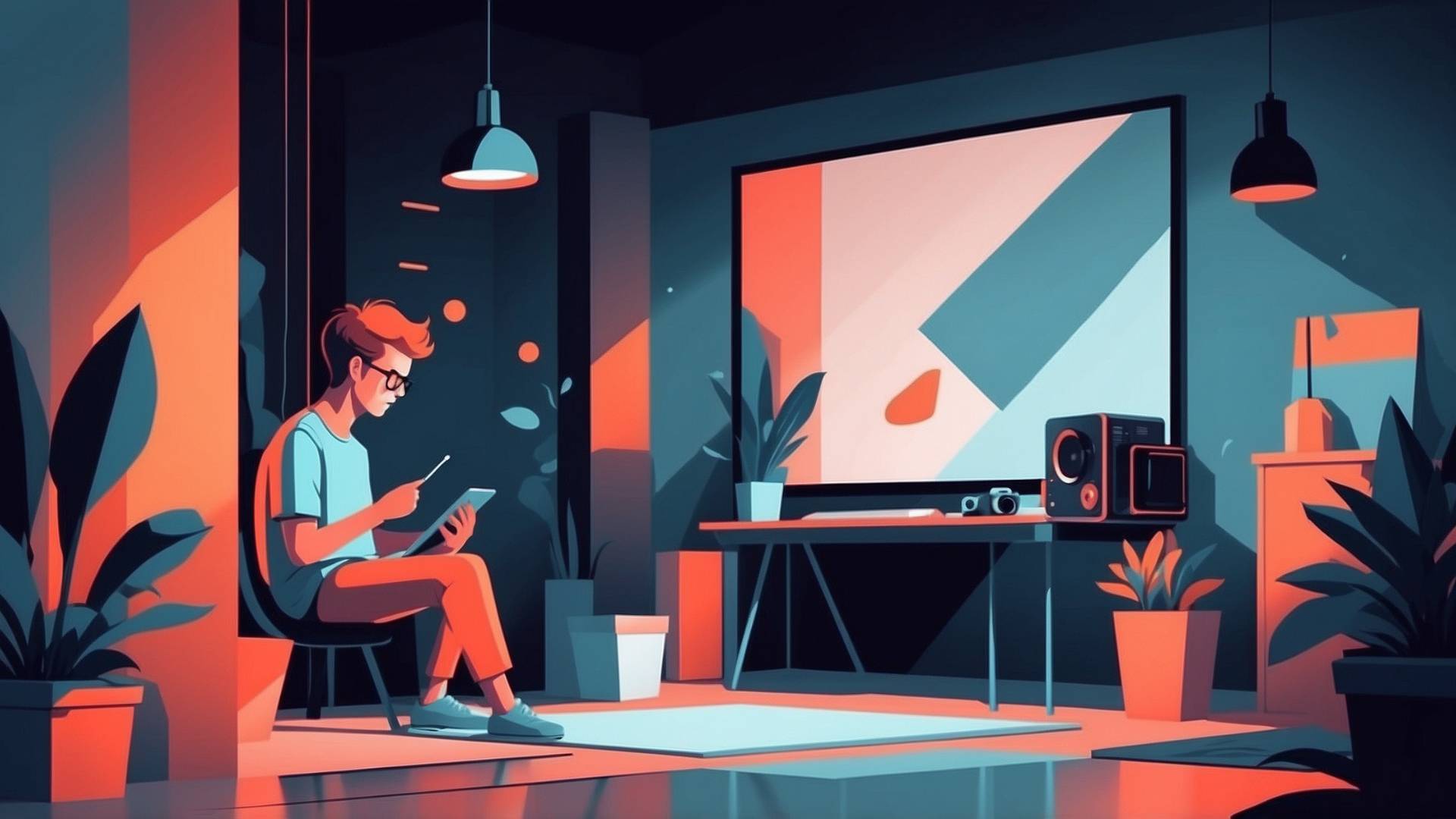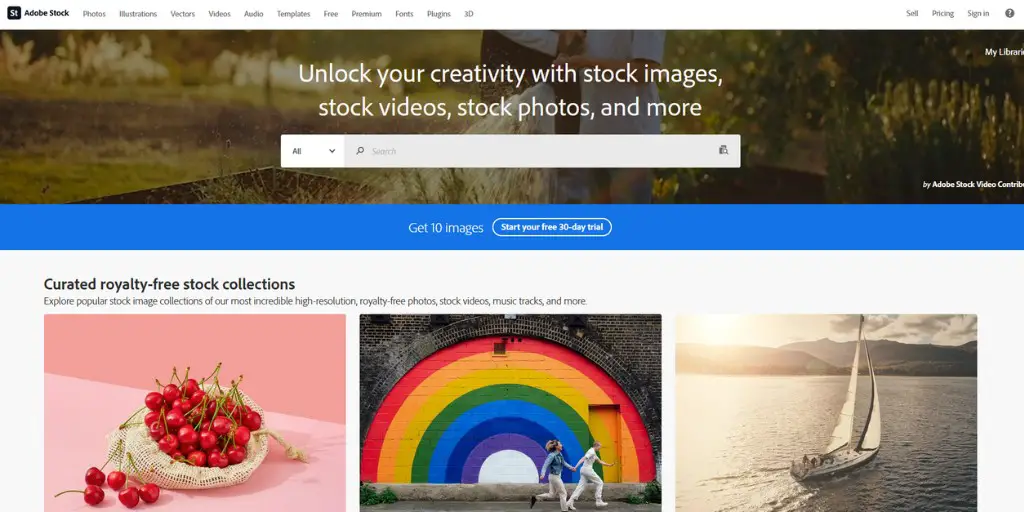Blending photo edges can seem like a complicated process, and many people avoid it because they’re not sure how to do it.
However, learning this technique can definitely improve your final artwork and help you spark your creativity.
With the right tool, creating images with a dreamy or foggy look should not be challenging or time-consuming.
Blend Photo Edges Using Canva
In this tutorial, I’ll teach you how to use Canva to blend photo edges.
1. Create New Design
So, let’s open Canva, and create a new design. It doesn’t matter which dimension you choose, but I will go with 5000 x 5000 pixels for this video.
If you have your own photo, go to the uploads section. If you want to use a stock photo from the Canva library, go to Elements and type for example… woman.
Important: You probably know, that there are two types of Canva subscriptions, free and PRO plans. As a user with the free plan, you are limited in some features and cannot use all the images or elements in the library. The PRO elements have a crown icon in the left corner, and cannot be used with a free plan.
2. Find and Drag The Image into the Page

So, find an image that suits your subscription and use it. Because I have a PRO account, I will use this photo and the background remover tool to cut out everything besides the woman.
3. Change the Background Color

In the next step, you need to change the background to any color to see the changes you’ll be making.
4. Find and Use a Gradient Background
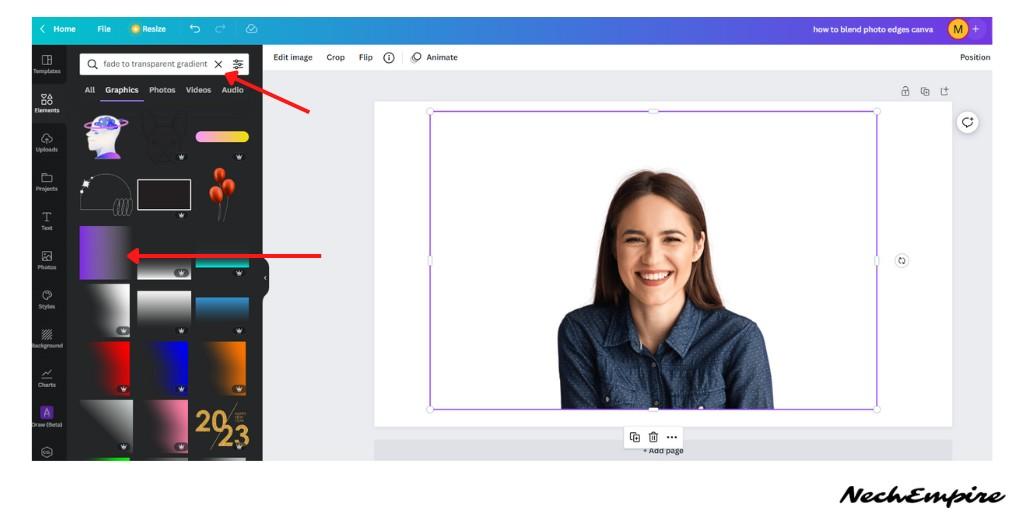
Now, go ahead to Elements again, and type Fade to transparent gradient. In the subsection, choose Graphics and find a gradient background that you like.
5. Position the Element
After you choose the gradient element with the fading effect, position it in your photo and choose the same color as the background.
If satisfied, press and hold the left Alt key on your keyboard and drag the gradient background many times you want to duplicate.
With this method, you can quickly duplicate an element and delete it if you think it is too much.
Conclusion
With this blending trick, you can create quite exciting designs. And in my opinion, it looks great with a white background.
As you can see, creating blended photo edges in Canva is quite easy and be done even with a free account.
BONUS FOR YOU: Get the Digital Product Starter Kit and start building your own online business today.
Here Are Some of My Favorite Tools For Print-on-demand
As a graphic designer and POD seller, I’ve had the opportunity to discover different helpful products and tools that can be time-saving and make the process of creating your designs a bit smoother.
DESIGNS: Kittl (best for t-shirt designs), Vexels (for professional designs), Placeit (for unique product mockups)
GRAPHICS: Creative Fabrica (cheapest marketplace), Envato Elements (more variety)
SELLING DESIGNS: Creative Fabrica (for advanced graphic designers)
ETSY:
- Research – Alura (best), ProfitTree ( beginners)
- Fulfillment – Printul (beginners), or Printify (advanced).
Disclosure: Some of the links above may contain affiliate partnerships, meaning, at no additional cost to you, NechEmpire may earn a commission if you click through to make a purchase.
- How To Remove Background In Canva Mobile App - September 4, 2025
- How to Detach Image From Background on Canva Mobile - September 4, 2025
- How to Add Ruler And Guides in Canva Mobile App - September 3, 2025

